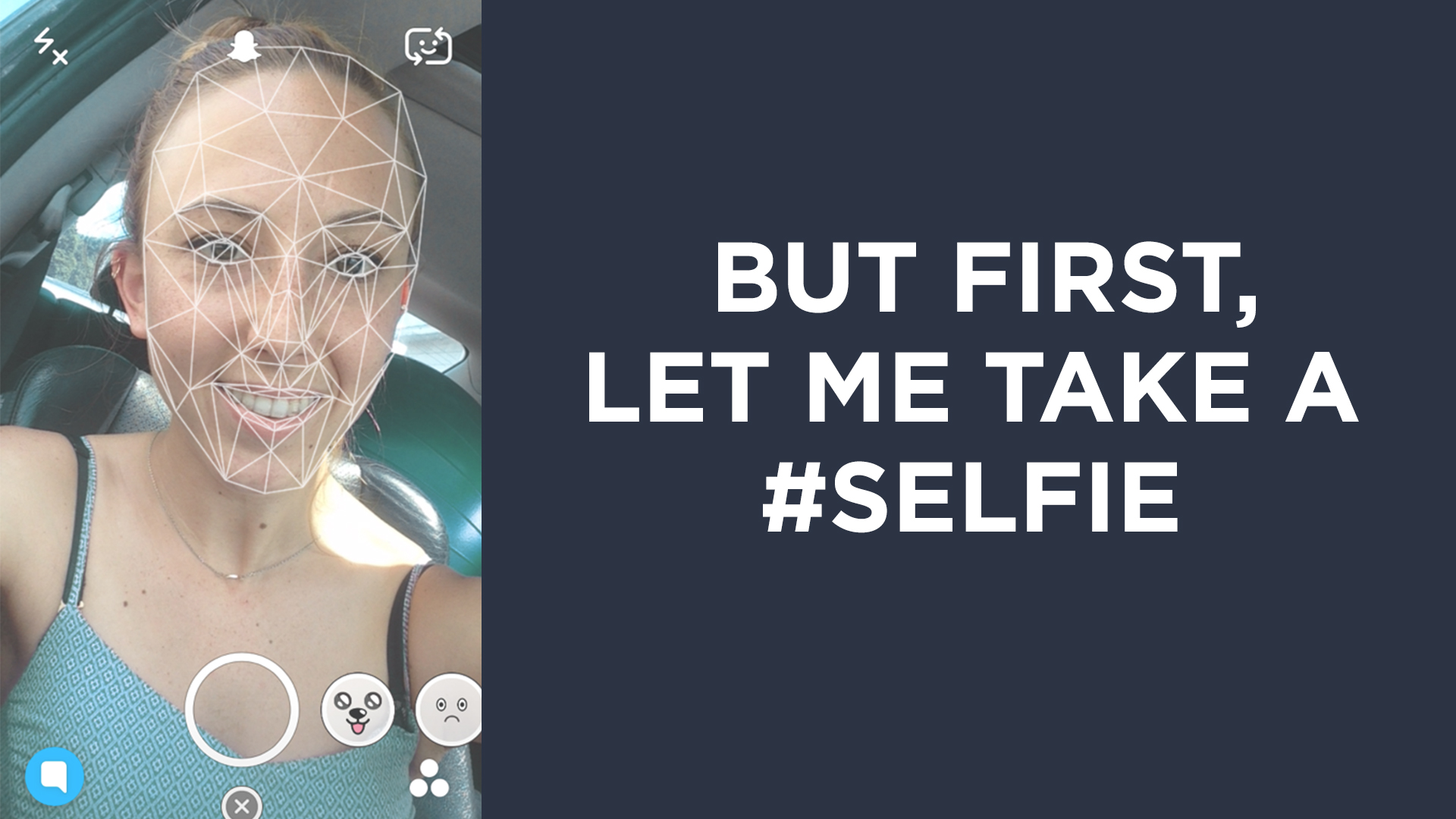
Imagine you go to a high-tech, touch screen vending machine to purchase a beverage. You decide to buy a new juice, you deposit your money, punch in the code and the drink is dispensed. In front of the machine you open it, taste it, and pucker your face and stick out your tongue as the drink is not to your liking. The vending machine captures your facial expression and registers that this beverage is distasteful and the screen prompts asking you why? Was your drink a) too sweet b) not sweet enough c) sour d) other (explain). You chose sour and the machine gives you another drink, for free, something that is a little sweeter. The machine then registers that YOU specifically like sweeter drinks and so the next time you approach it, it recognizes you and it recommends that you try a sweet beverage.
You’re happy because you get the drink you like every time and the company who is selling the drink is happy because this process brings them closer to understanding their customer needs and buying patterns.
This cool concept could be one of the ways, in the future, that you use facial recognition in everyday life. Luckily you don’t have to wait too long to experience facial recognition as there are things we are doing now with it every day.
Photos: Selfies, Tagging, and Snapchat… oh, my!
When taking group photos on your cell phone, or even selfies, sometimes the camera will focus and reposition on specific faces in the shot. On some phones, a circle appears on your face or your phone asks you if there are any missing faces. Most likely your phone and photo applications are using facial recognition to position your face within the shot.
If you are using cloud sharing with your phone’s gallery it may then suggest personal tags for certain photos. These tags could be predefined by you or others, but after you initially assign the tags to your photos your photos start automatically tagging the people in the photos.
When you upload any of your photos onto Facebook and create a new album, Facebook will suggest personal tags for certain faces or suggest that you add a tag for a face that it does not have in its database. With all those photos and videos you may want to create a photo book and if you are using a web tool to create those albums, chances are it asks you to tag the people in the pictures as well and if you are a returning user it already recognizes specific faces as specific people.
Lastly, Snapchat, a twitter-like video sharing application, now has filters that overlay your exact face shape after activating the filter mode. A 3-D mapping pattern appears over your face, locating your eyes and mouth specifically, and disappears after recognition. When you apply the filter over your face it seems to fit perfectly to your face shape and usually moves and animates with your face.
Snapchat is also looking into using facial recognition to protect your privacy. By possibly building a database of user's faces so that users can then set privacy settings allowing people to be fully in control of their photo sharing. When a photo is taken of a user, who has set certain photo settings, the idea is that this user’s face will be blocked or the photo will have limits around how it can be shared.
Facial recognition with mobile photos and online uploading makes sense, it helps us take accurate photos and allows us to better organize our memories.
Gaming
Are you a gamer or do you like trying new trends in the gaming industry? If you have played with Microsoft’s Kinect for XBOX you have probably been awed at its ability to match your movements and recognize which player is who. The Kinect uses advanced motion sensing capabilities and facial recognition to do this which gives the gamer a hands-free experience.
PlayStation 4 also has joined the facial recognition movement asking users to create a facial profile when first logging in. Users are asked to take pictures of their face in different lighting and at different angles to create a unique user profile. Later these images are not only recognized but duplicated in games. For example, many sports games now have the option for you to play as yourself and allow you to put your face on a player. This is all done by using facial mapping and facial recognition.
There are mobile games as well that are starting to integrate these features so it won’t be long before you see more games offering this experience.
Payment
Remember the futuristic vending machine we discussed in the beginning? It kind of already exists. In the UK some vending machines are already using facial recognition as part of their convenience factor.
The vending machines in the UK use facial mapping and facial recognition to determine who you are, in the chances that you don’t have any cash/credit on you but want to buy something. The vending machine also will distribute products based on specific factors; age, diet requirements, health, gender, etc. In fact, the machines may just make you healthier. There are countless ways to use facial recognition and integrate it into almost anything that it becomes so seamless that the user totally forgets they are using another piece of technology. By doing this, and using facial recognition in a very personal and friendly manner, we have started to already treat it like a normal part of our lives.
If you're a developer, you may be interested to know you too can add facial recognition to any product or app with our API.

Gabriella Leone
Gabriella is the Head of Content at Kairos, a Human Analytics platform that radically changes how companies understand people.